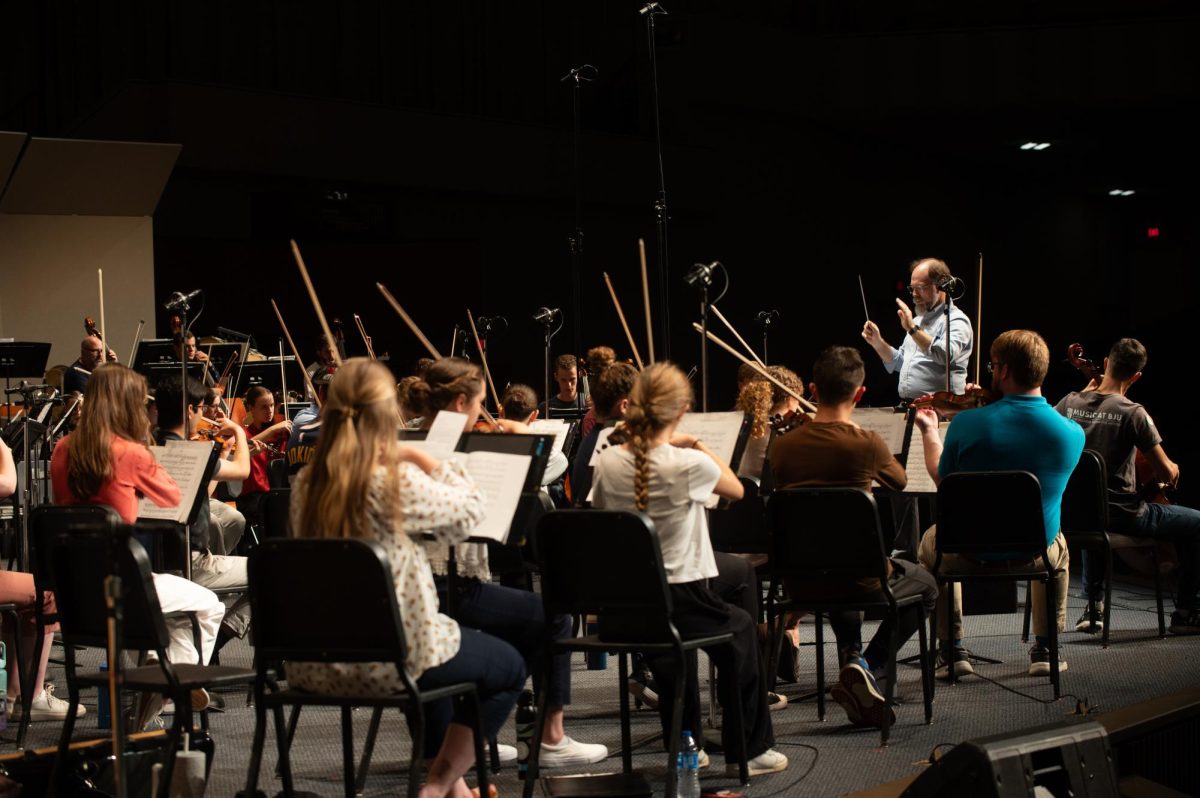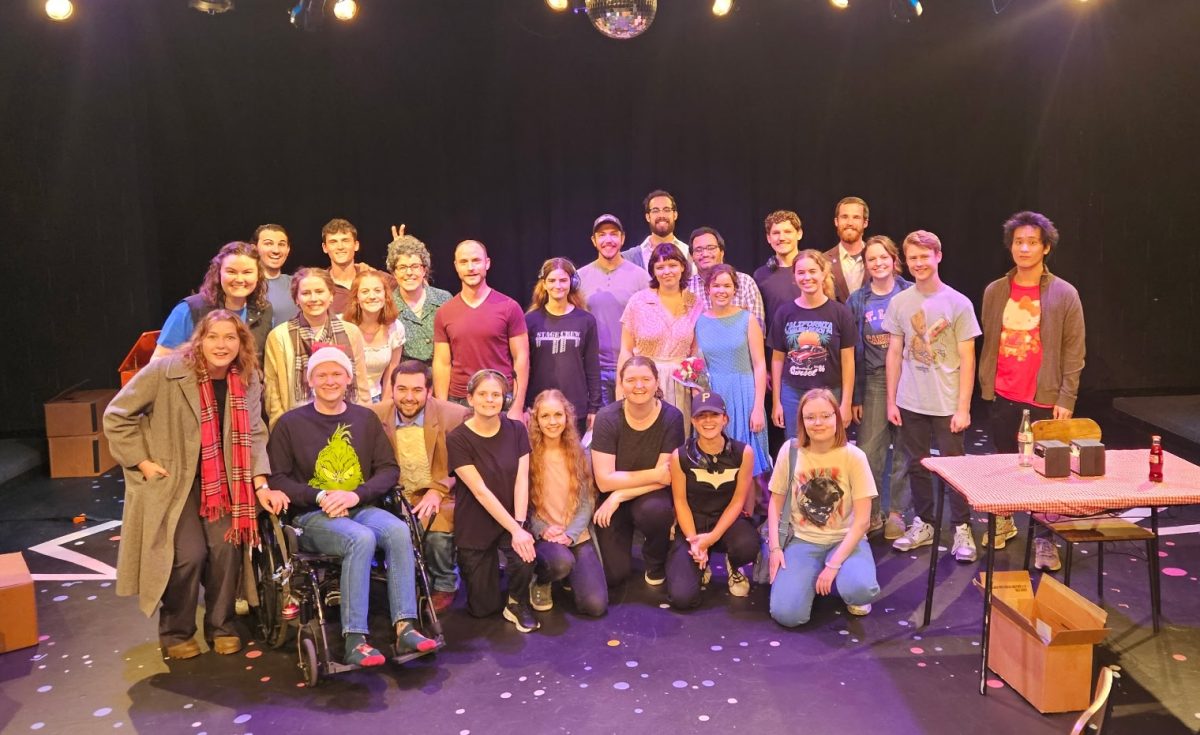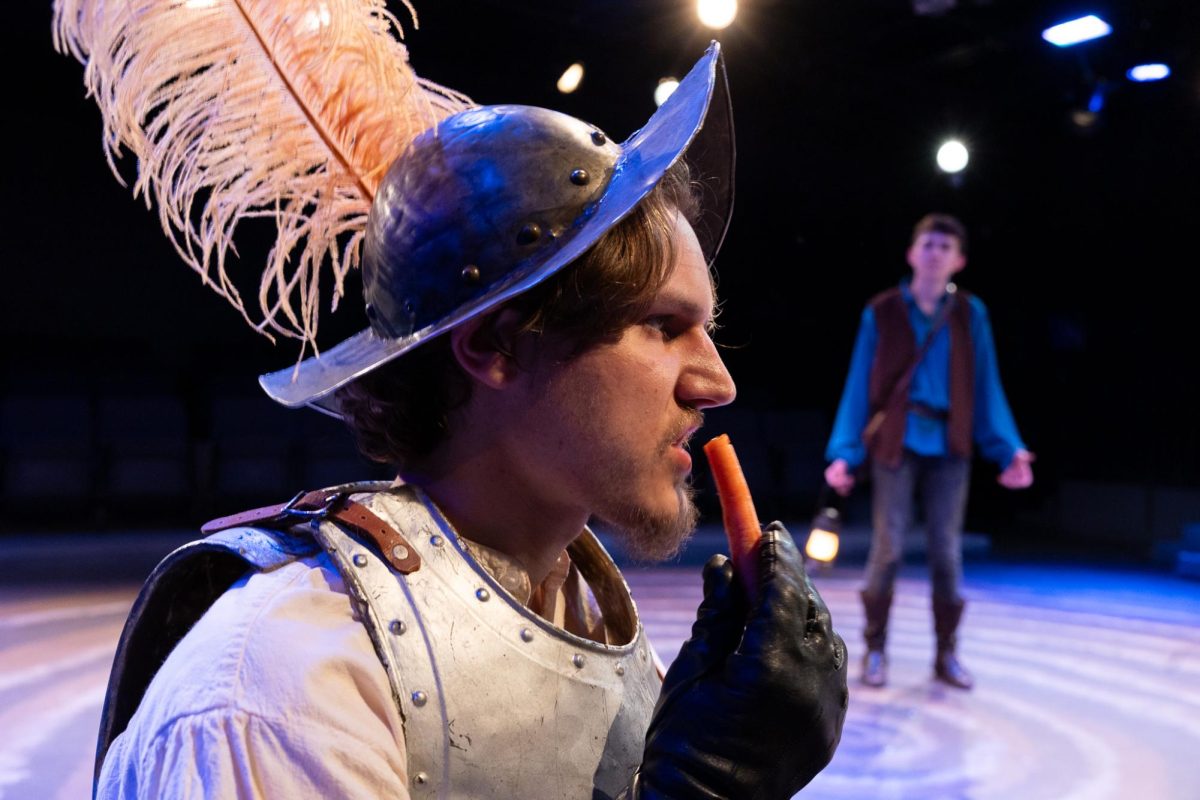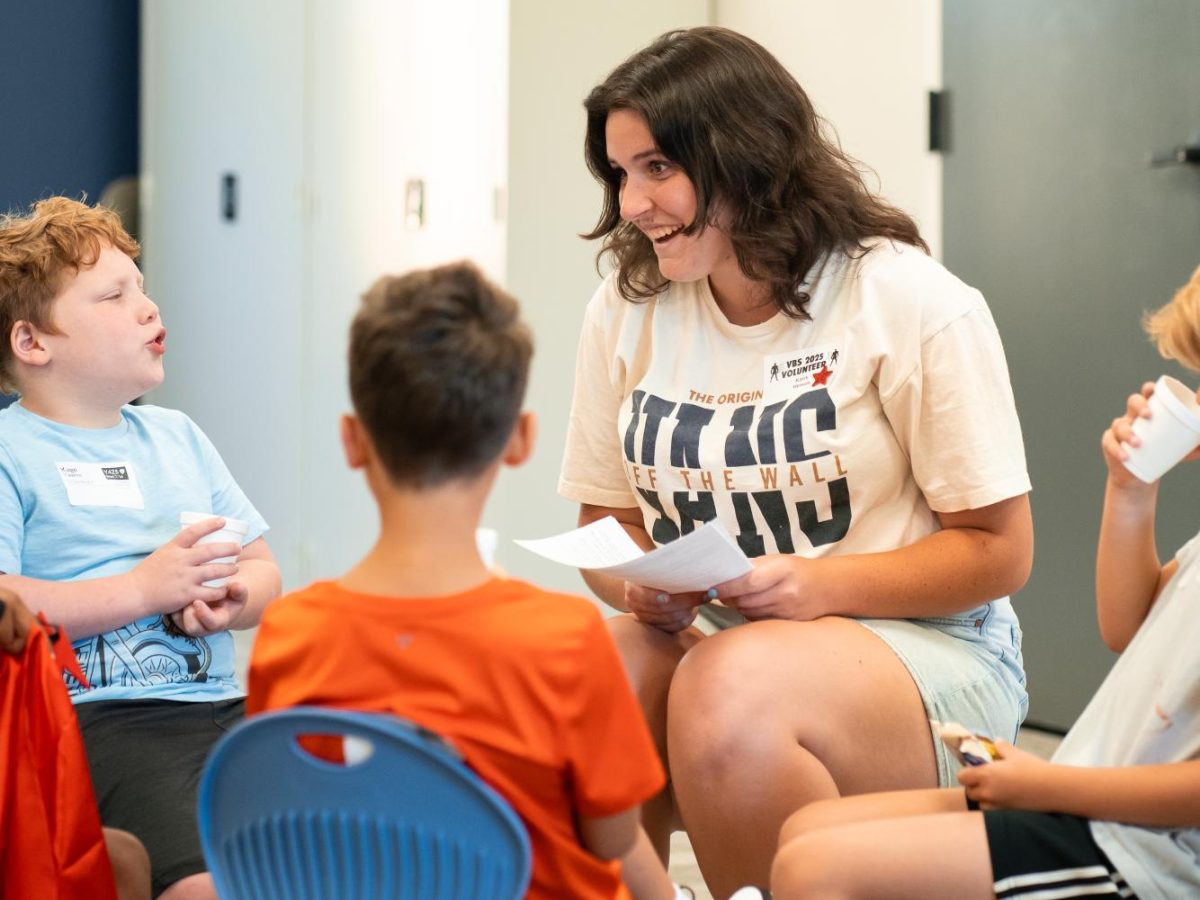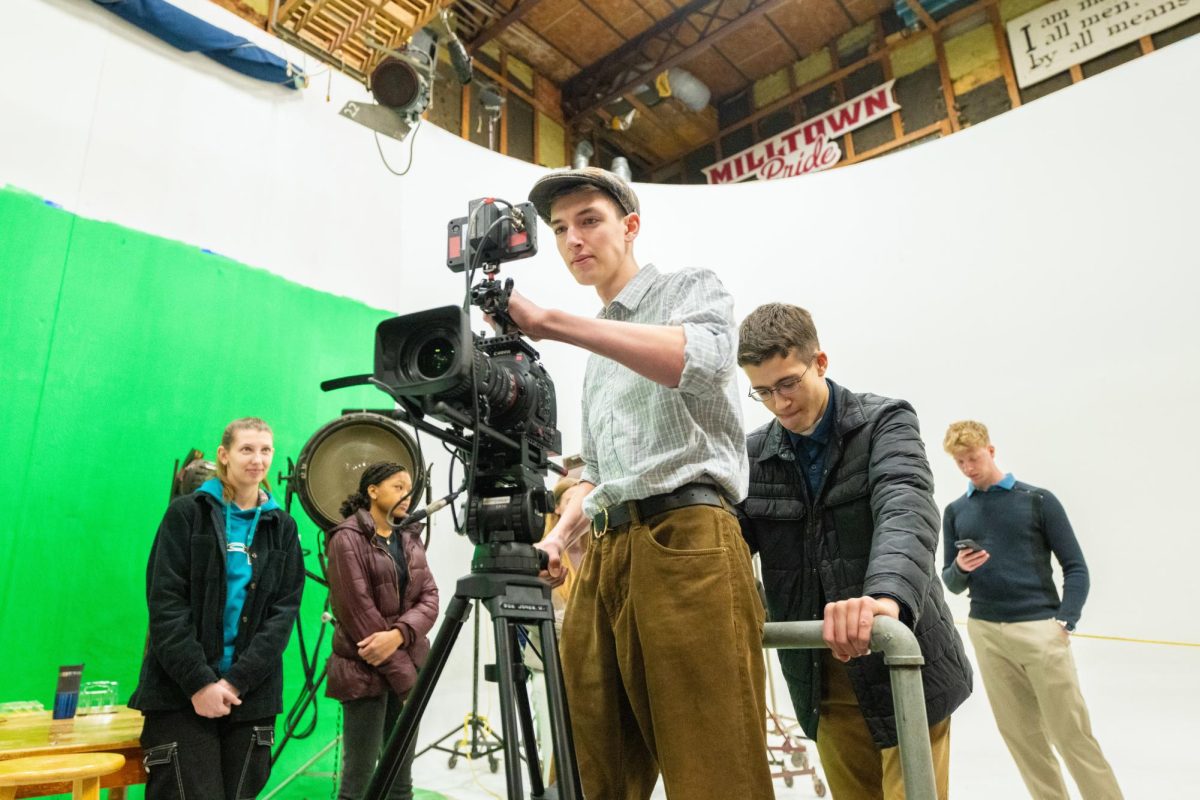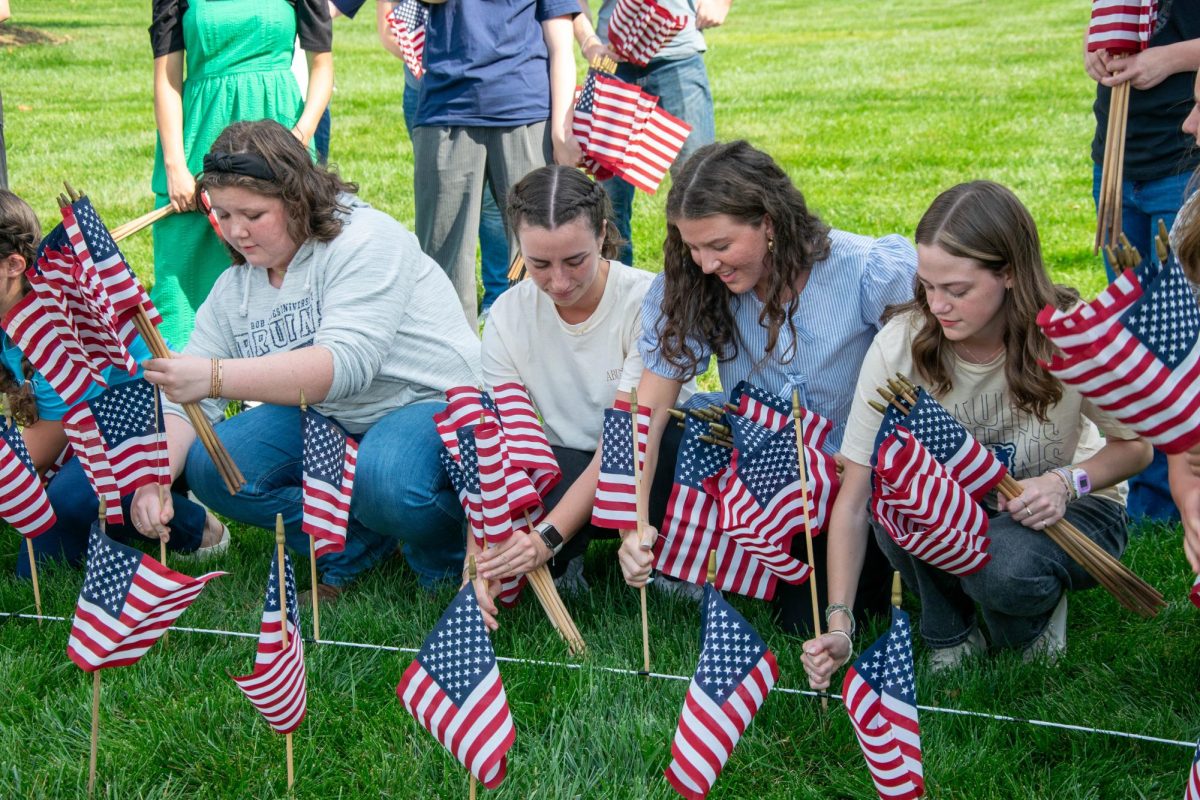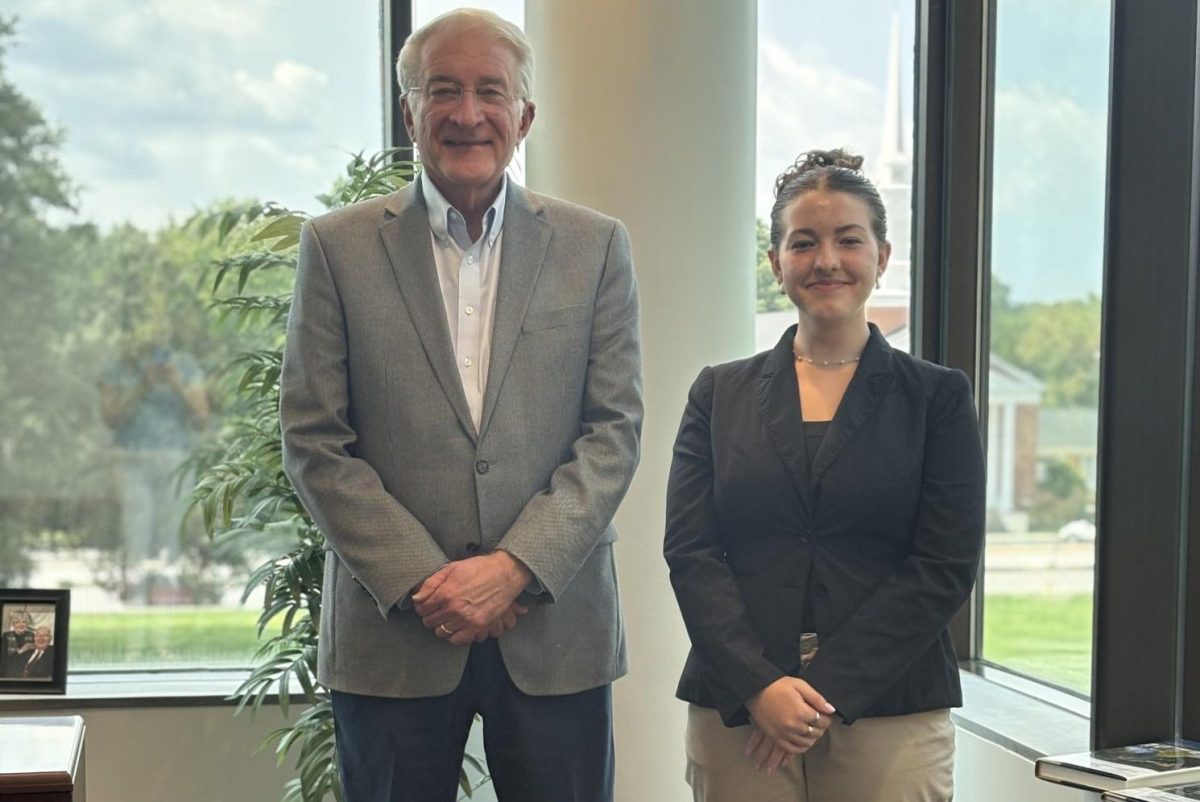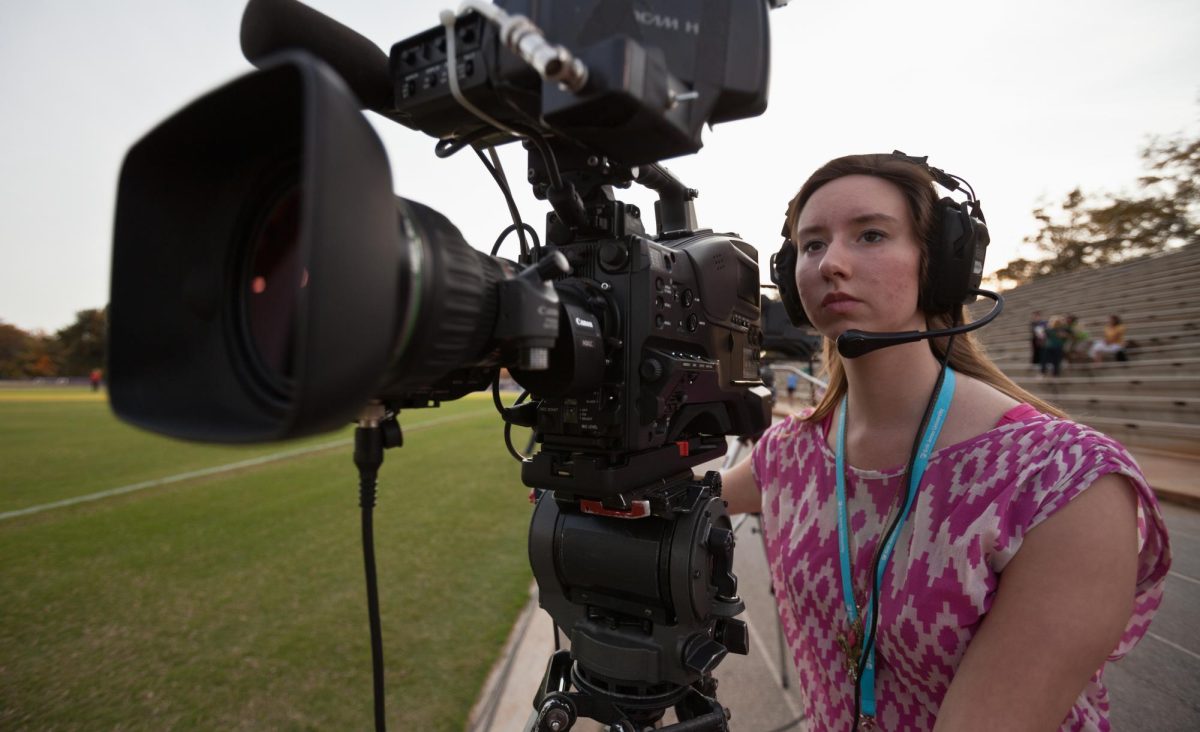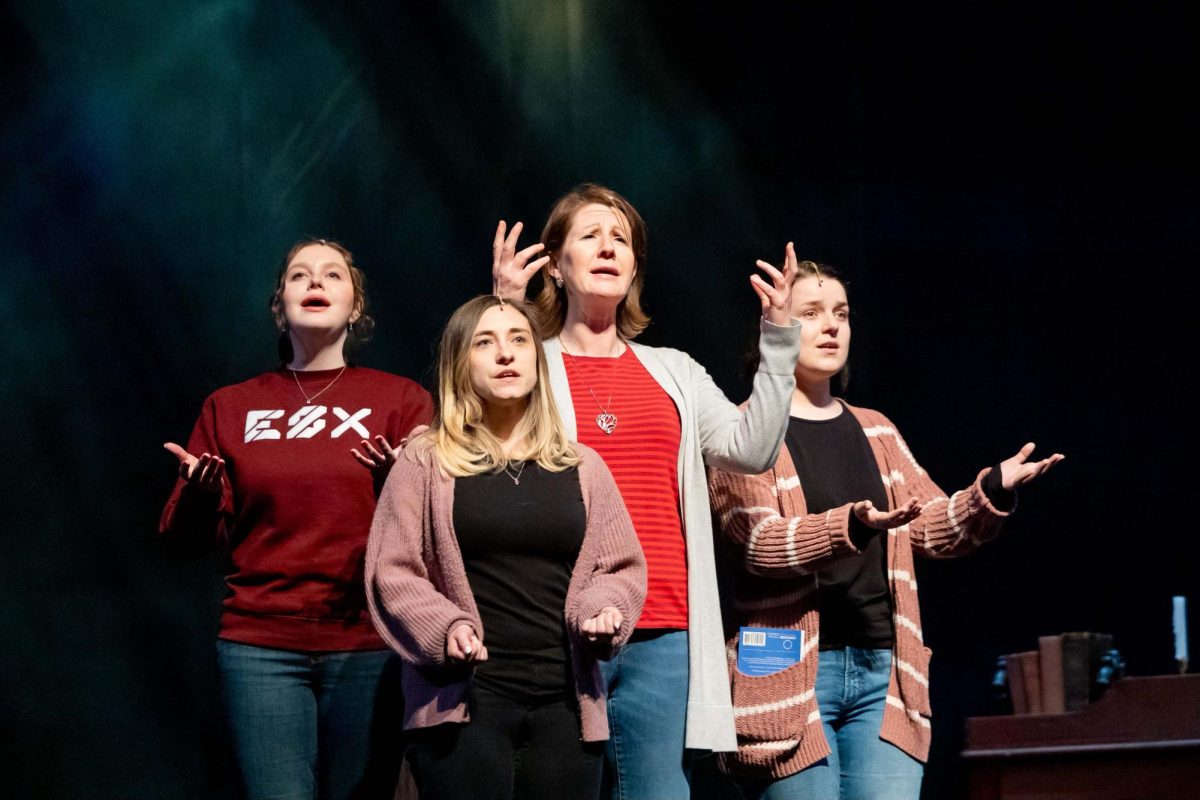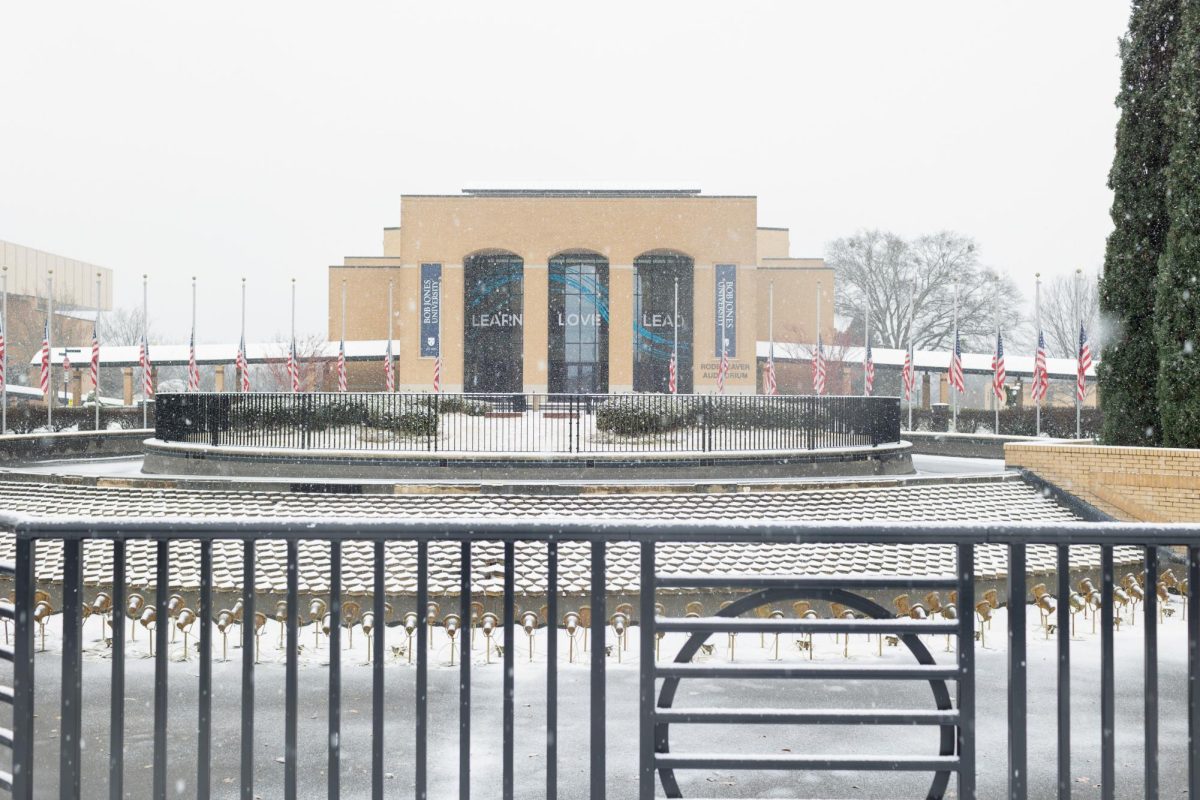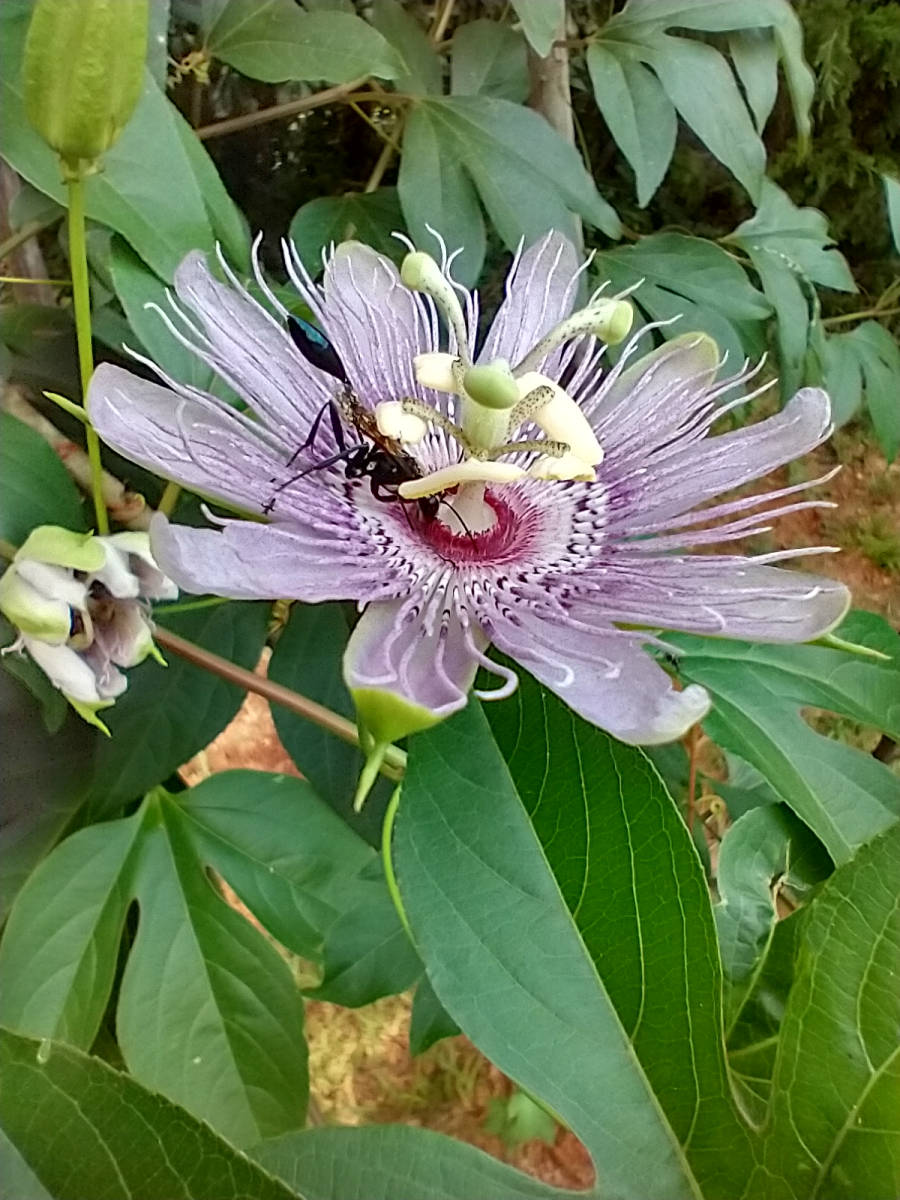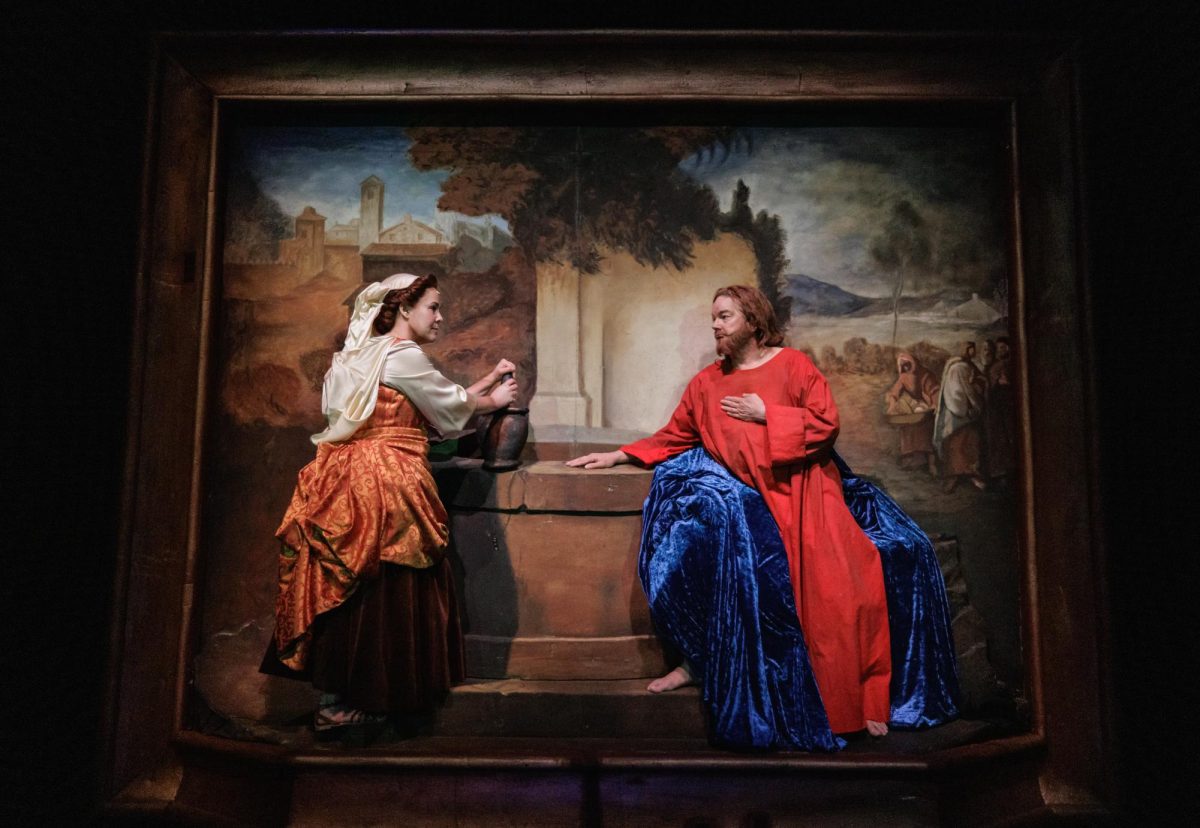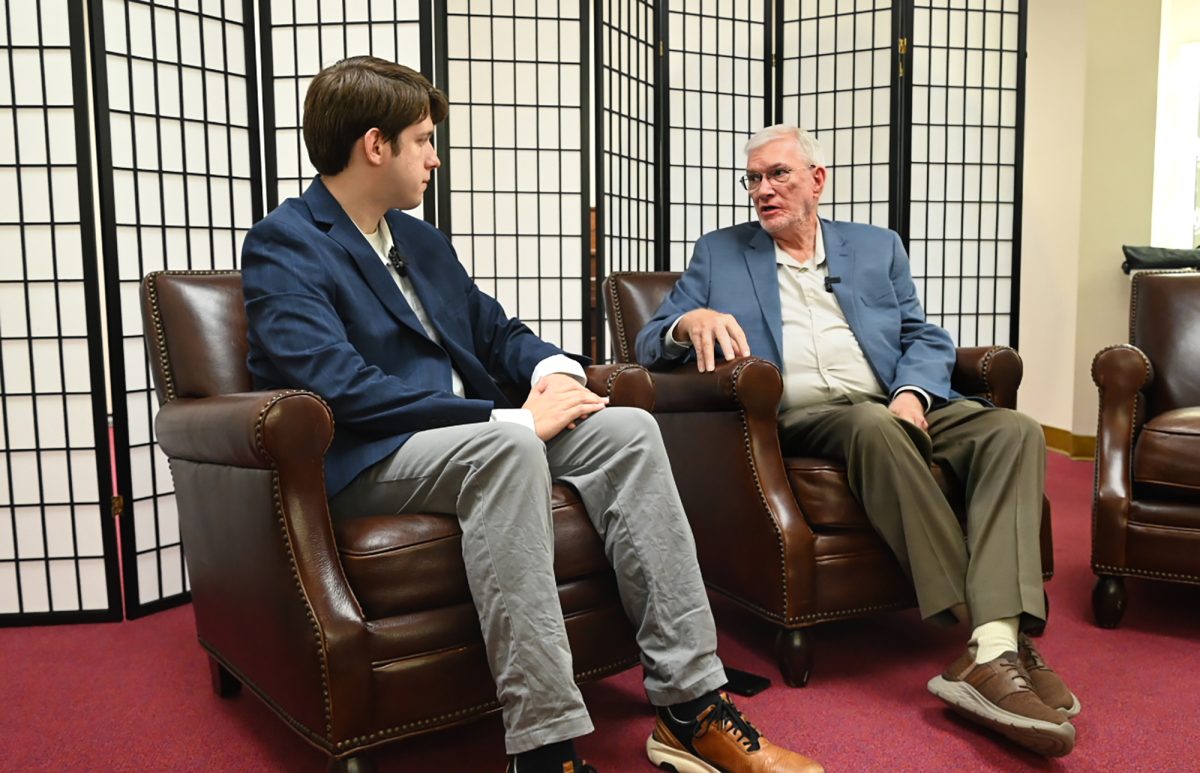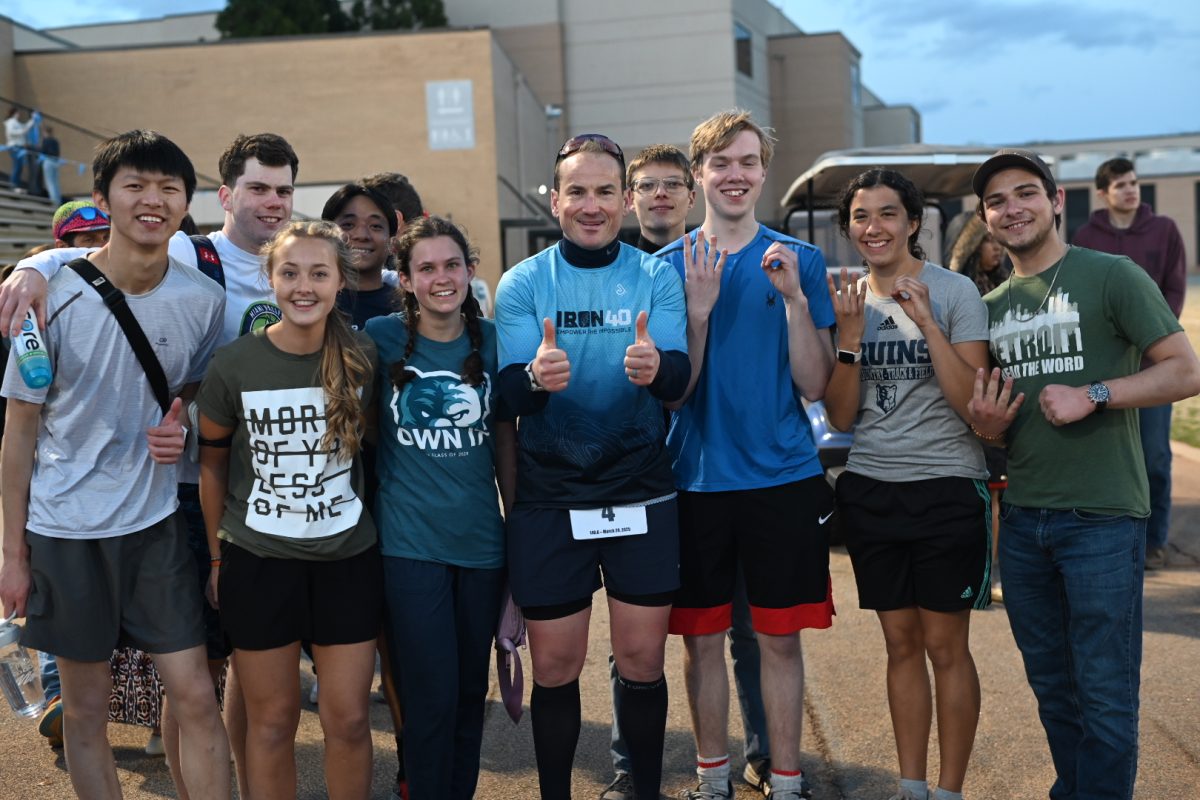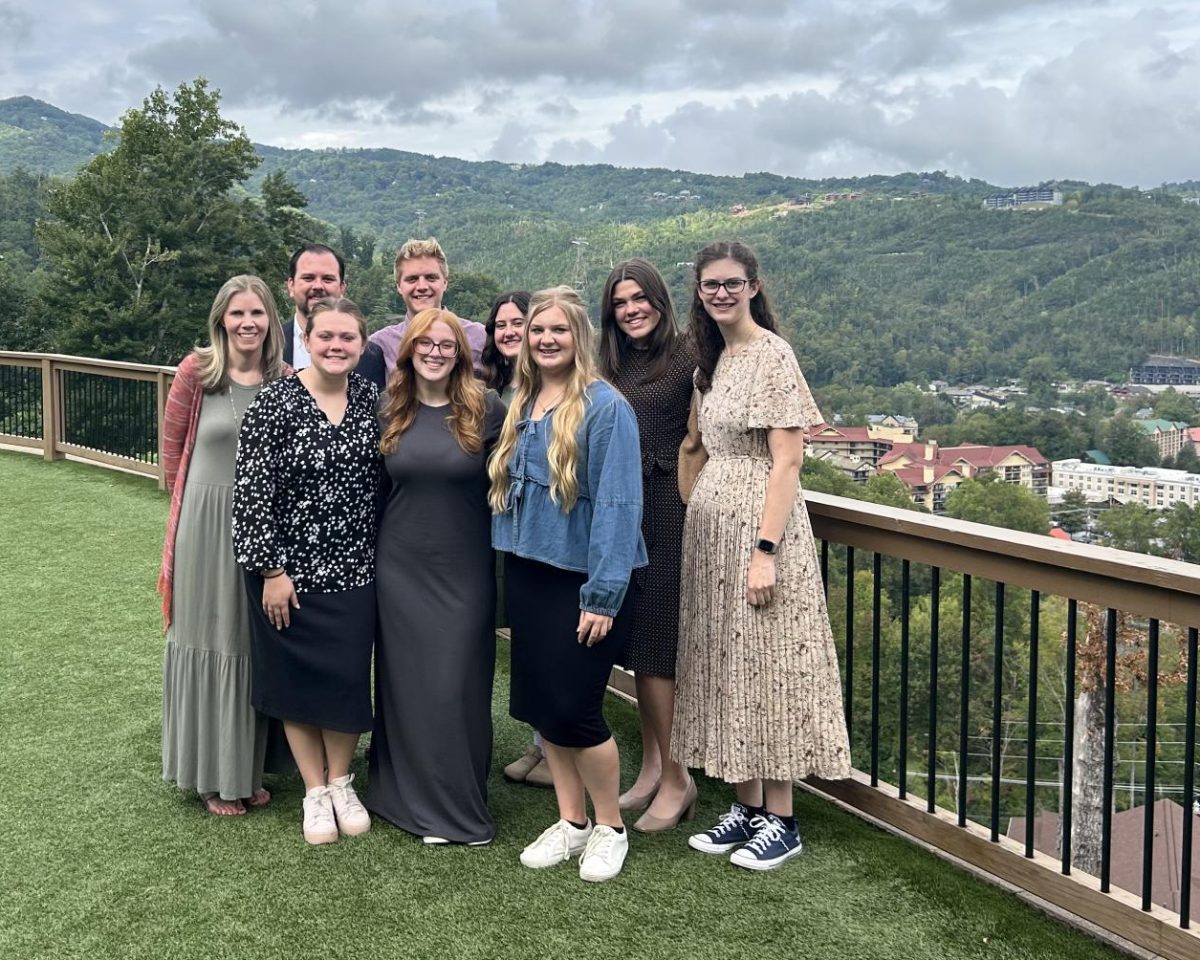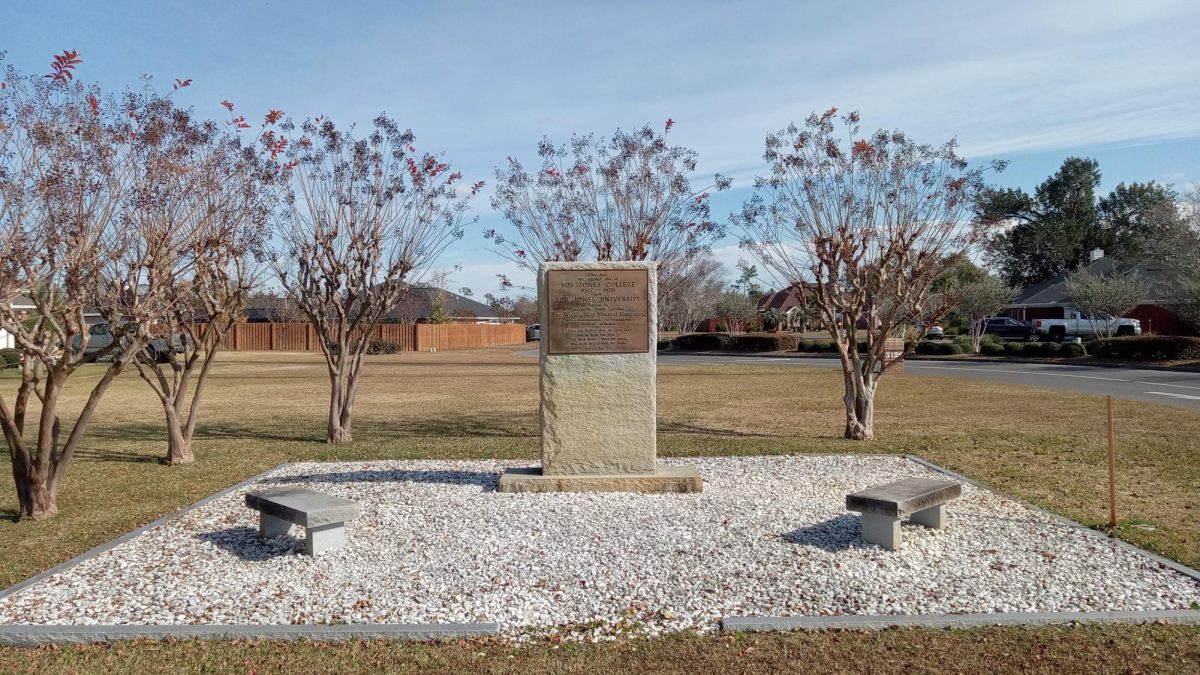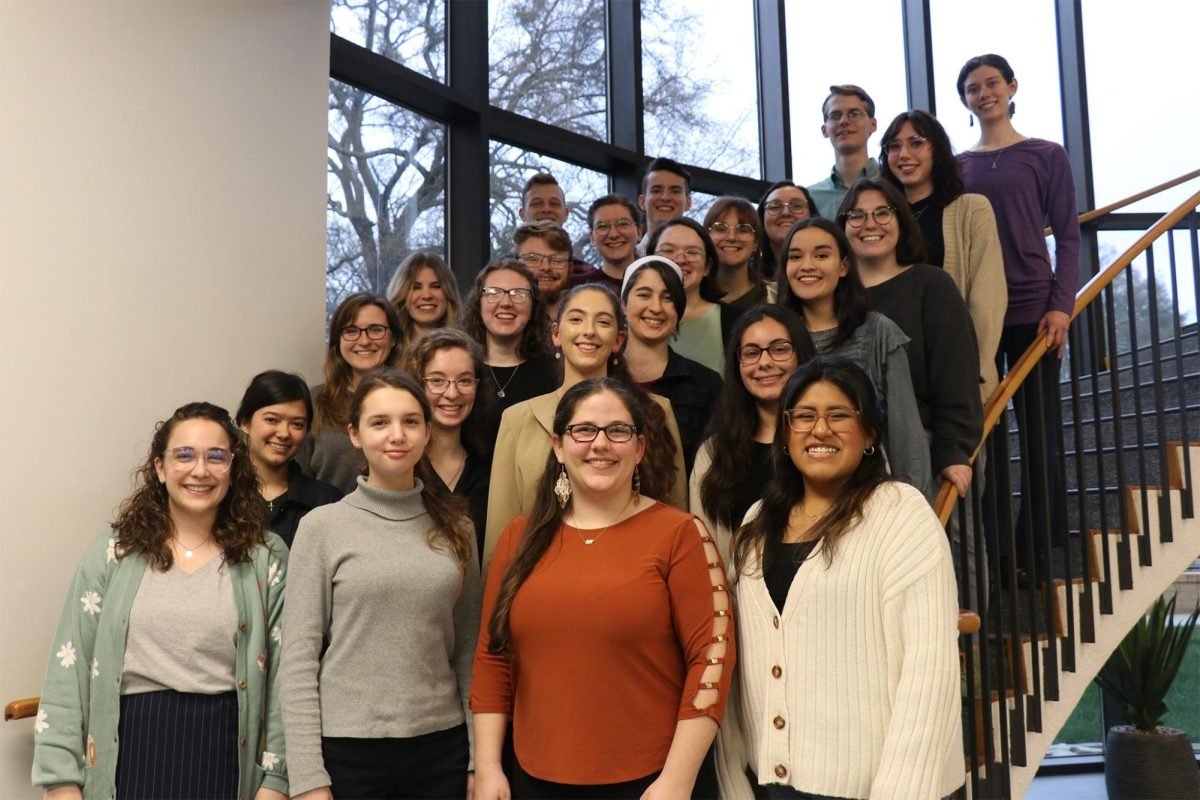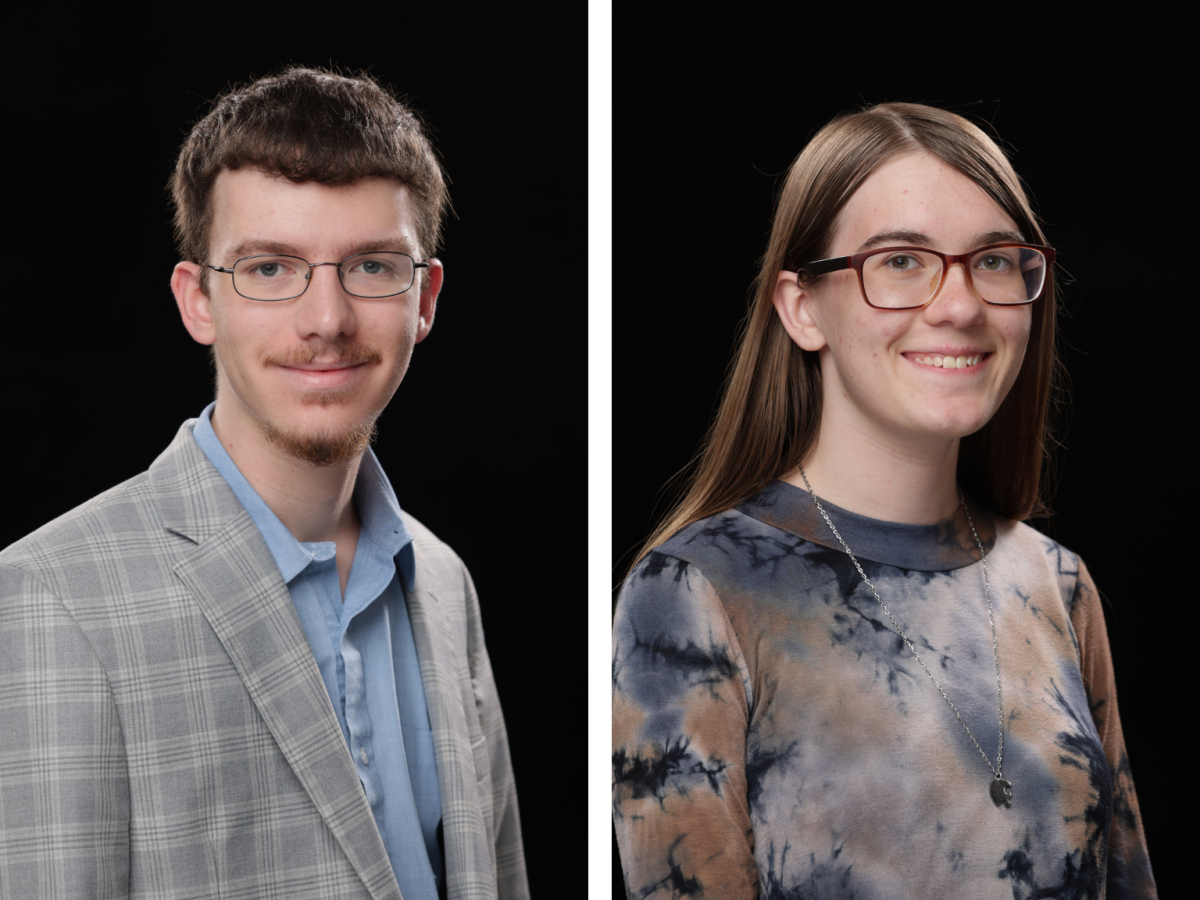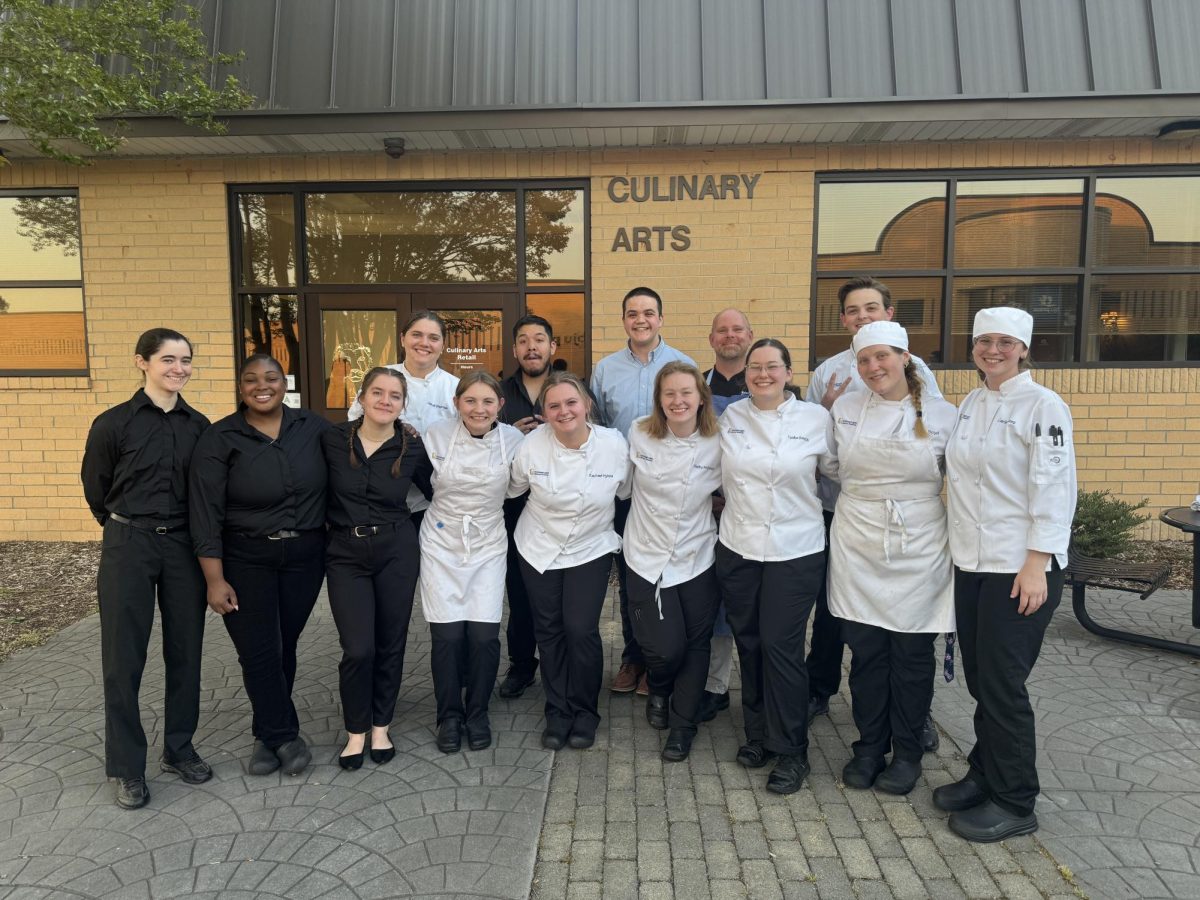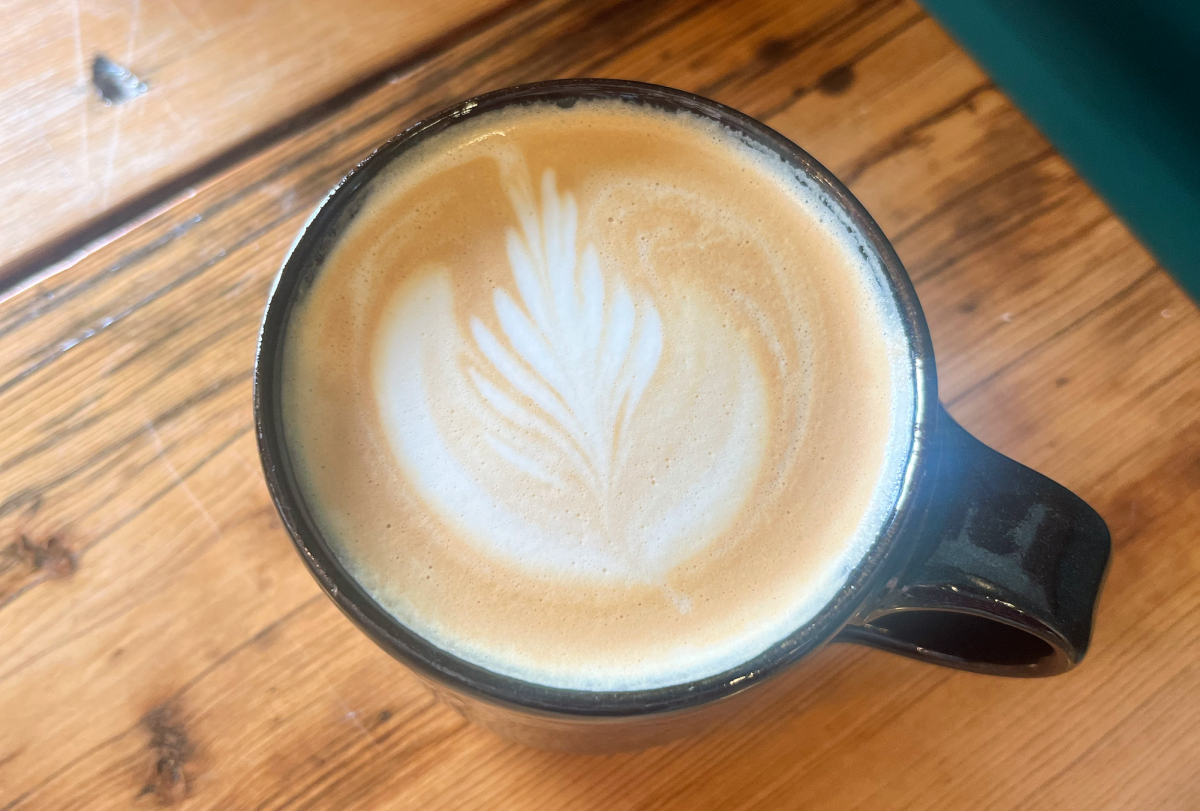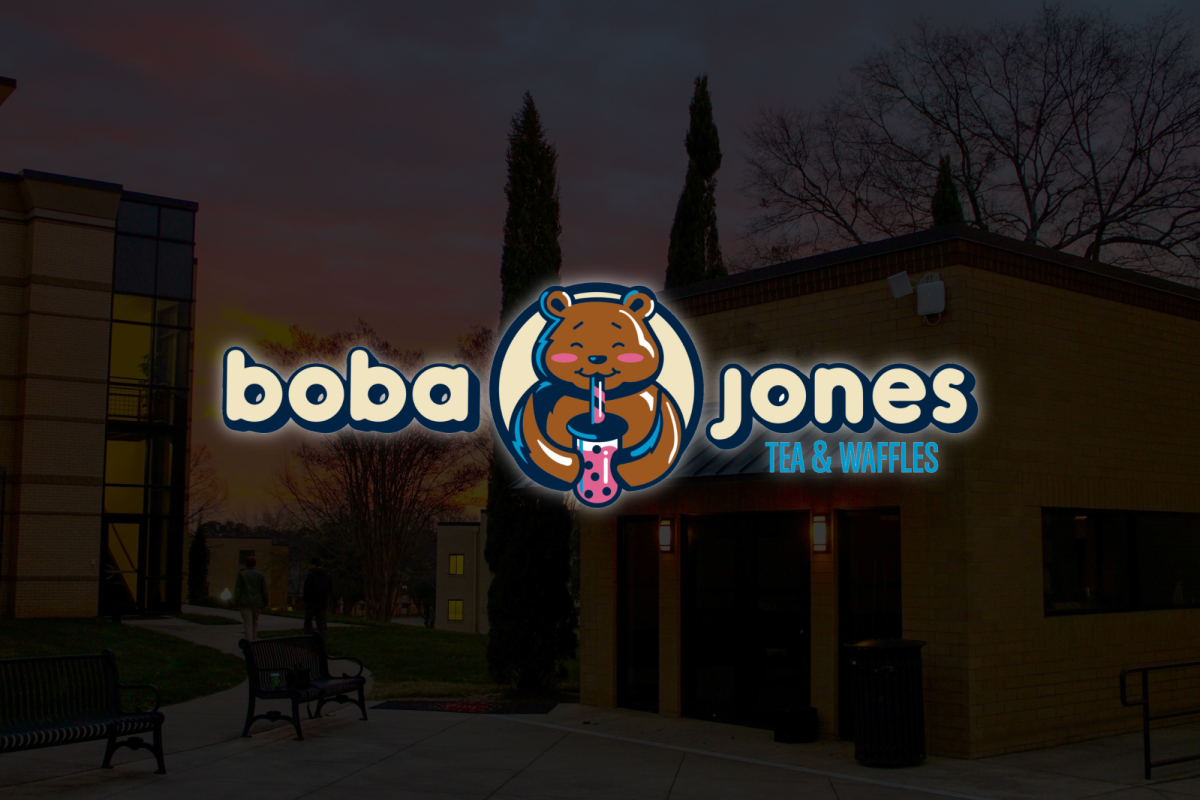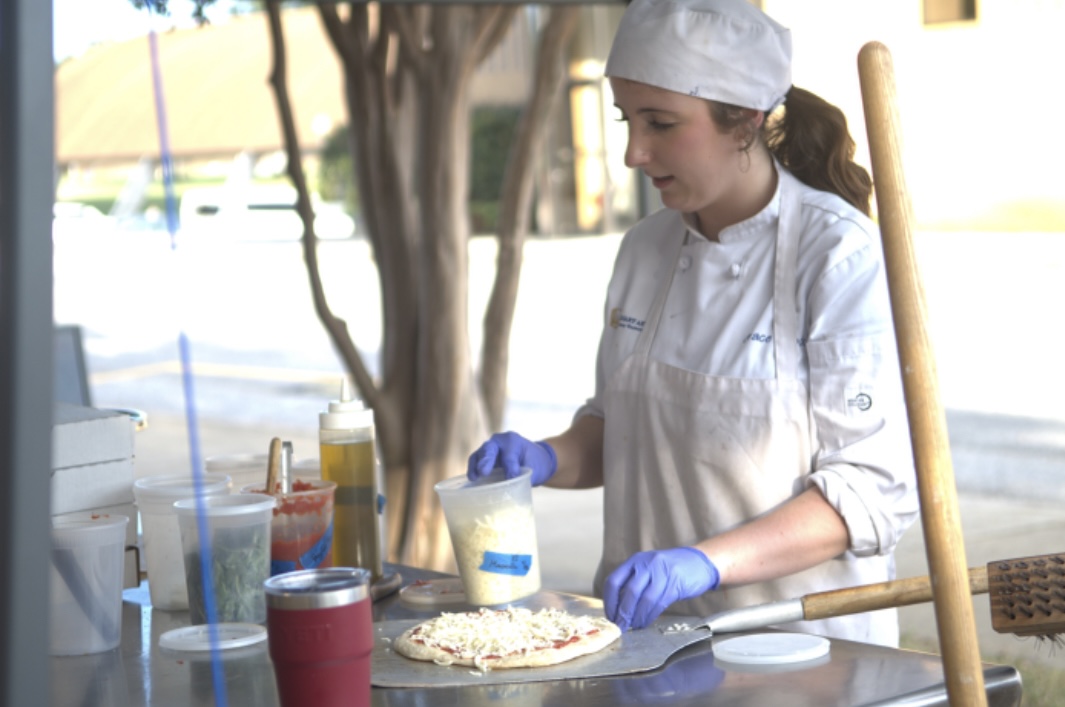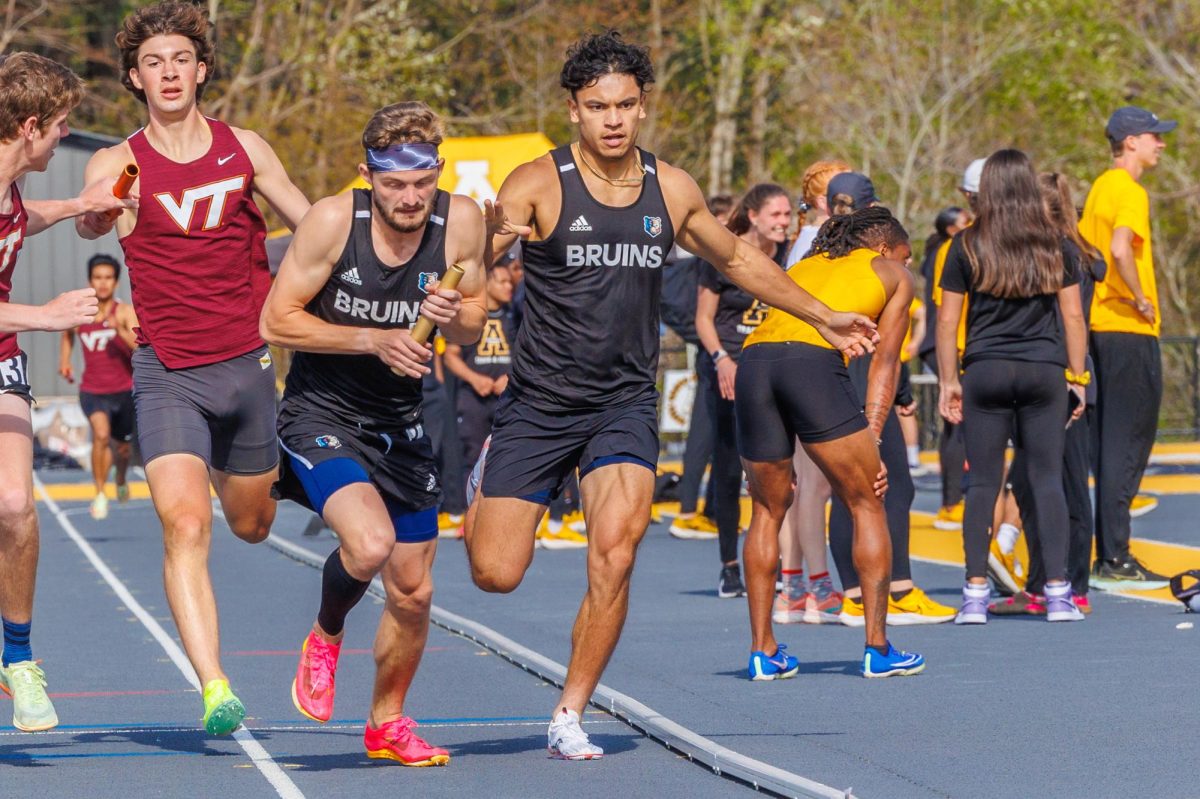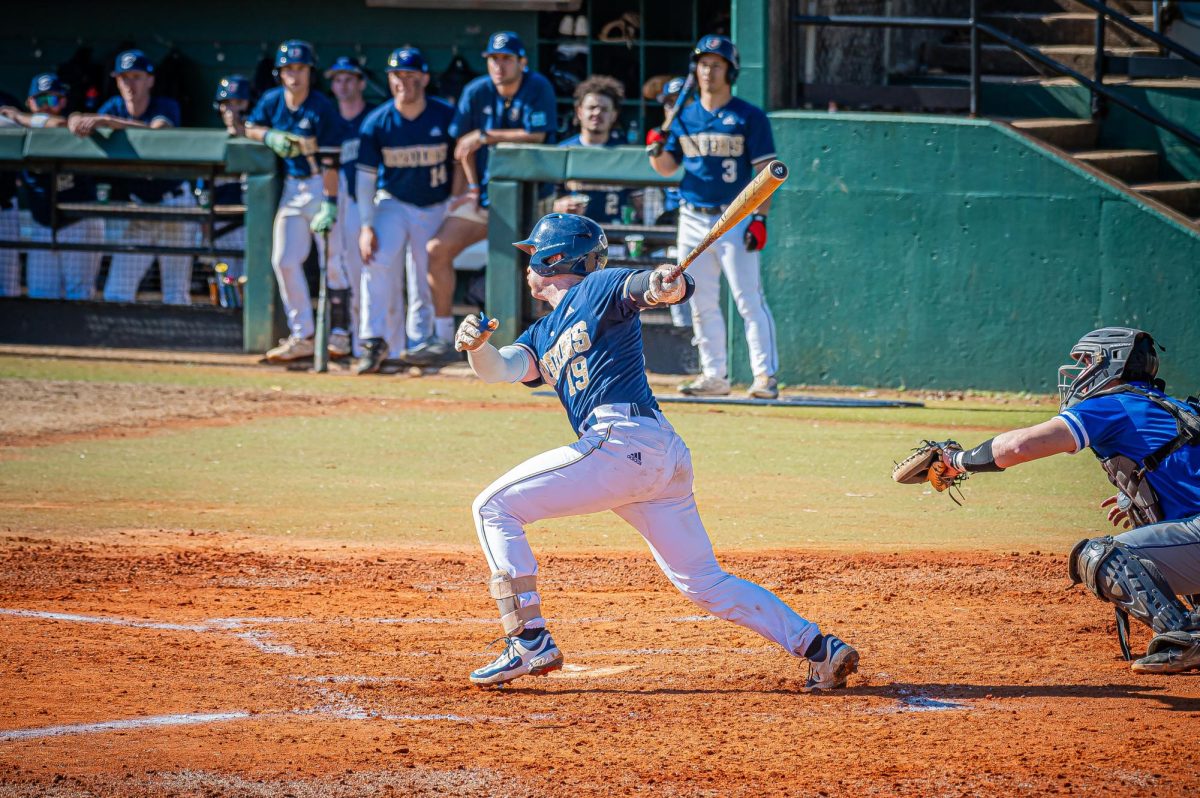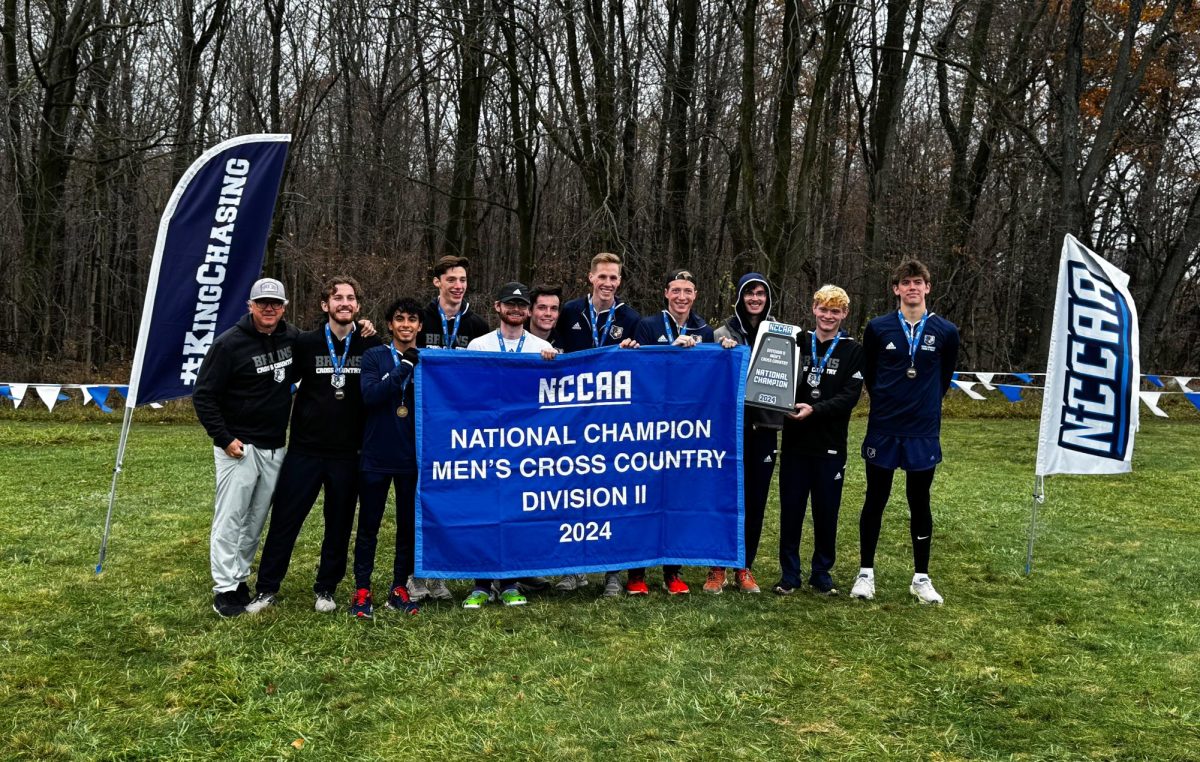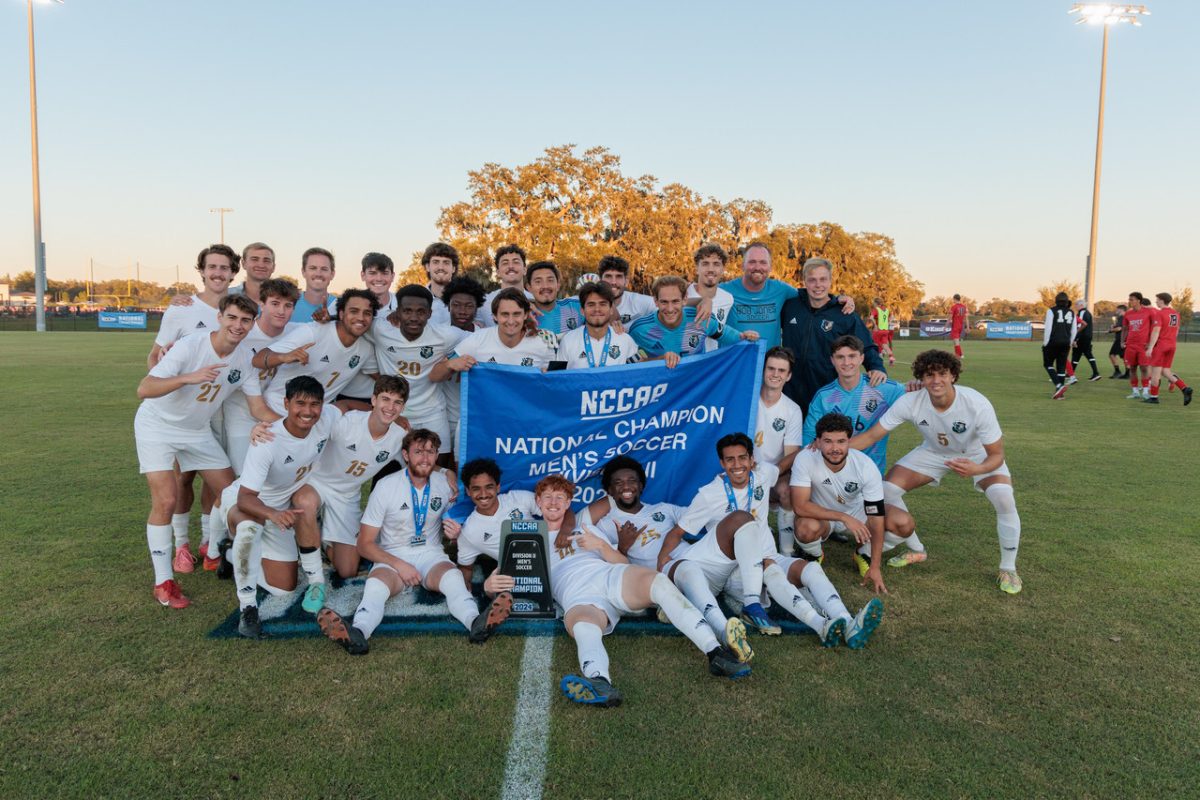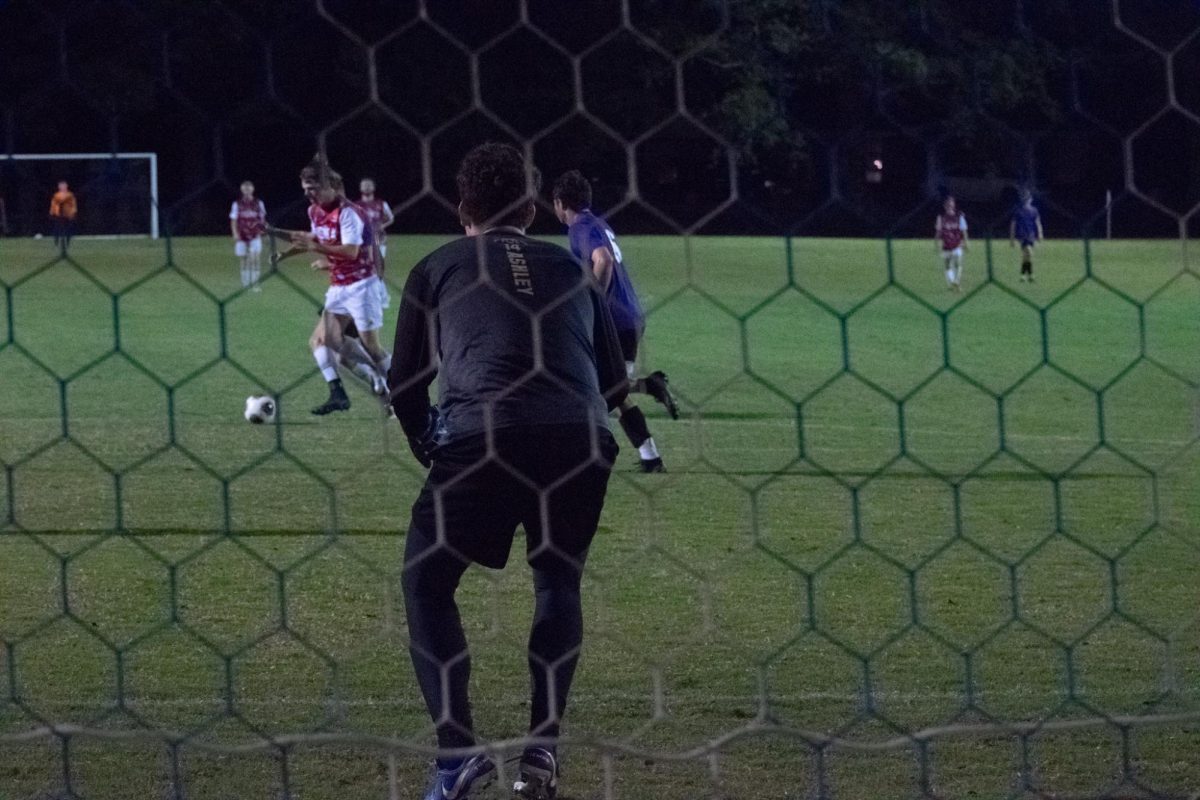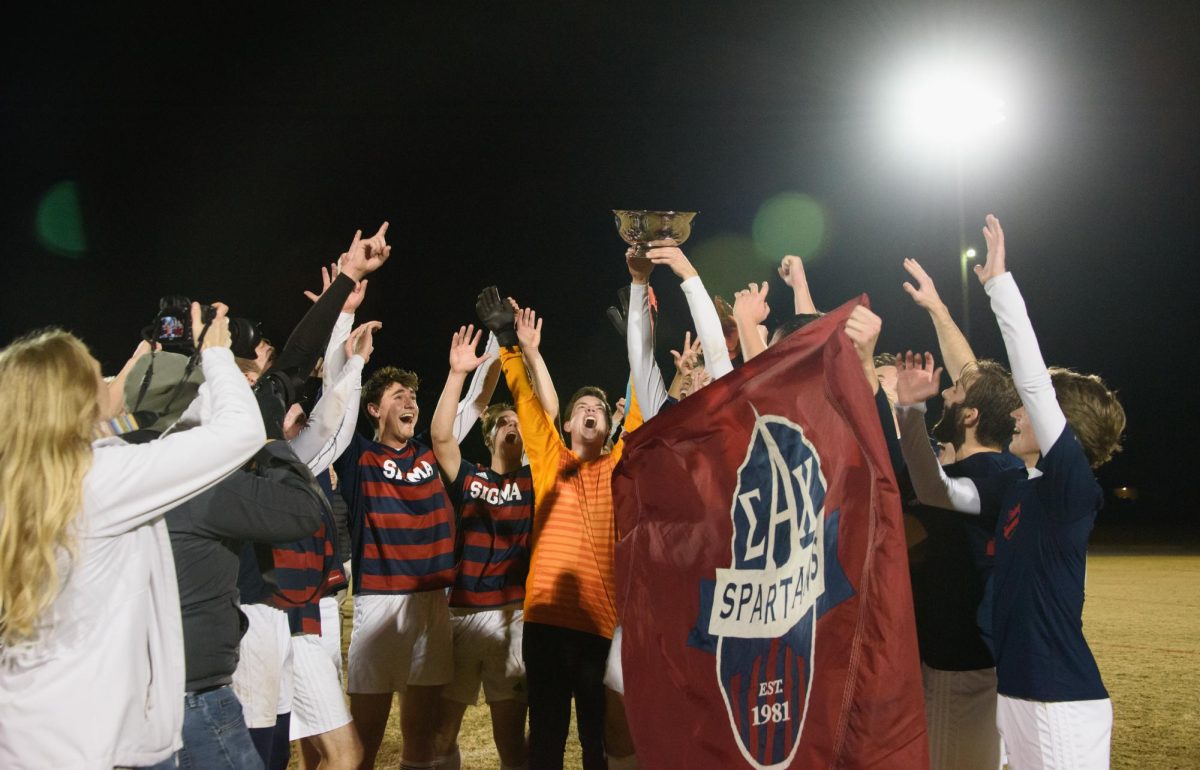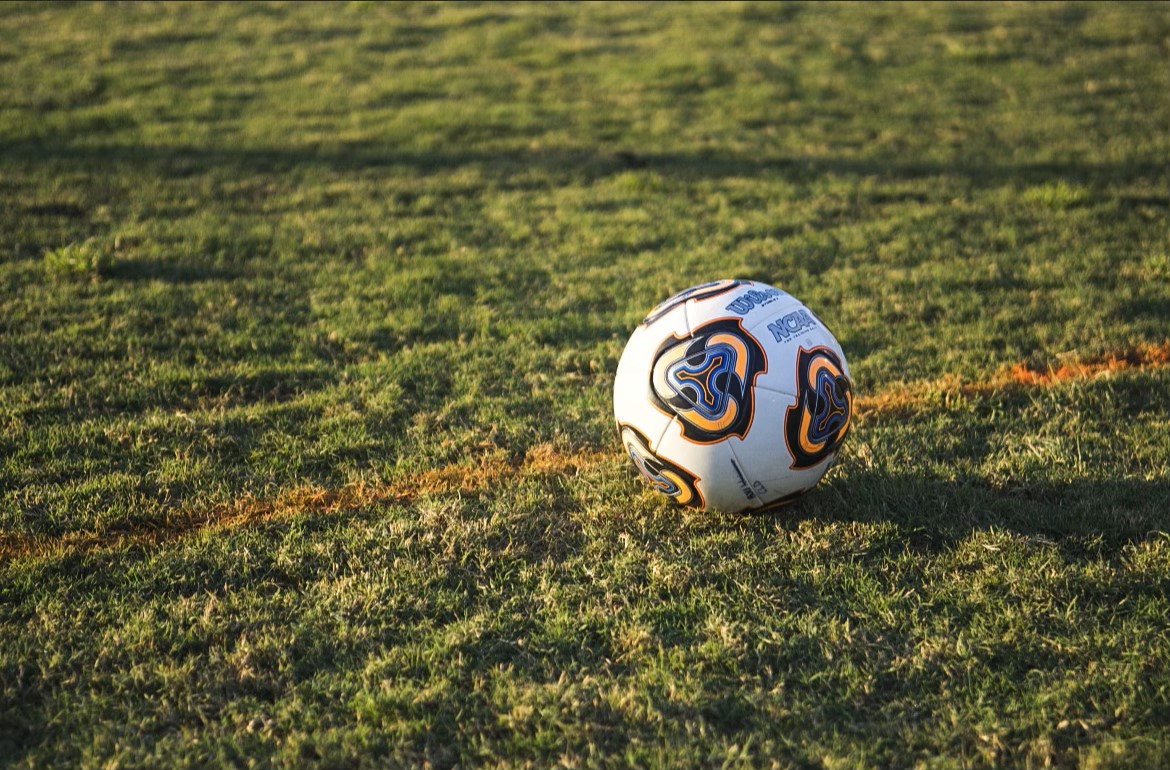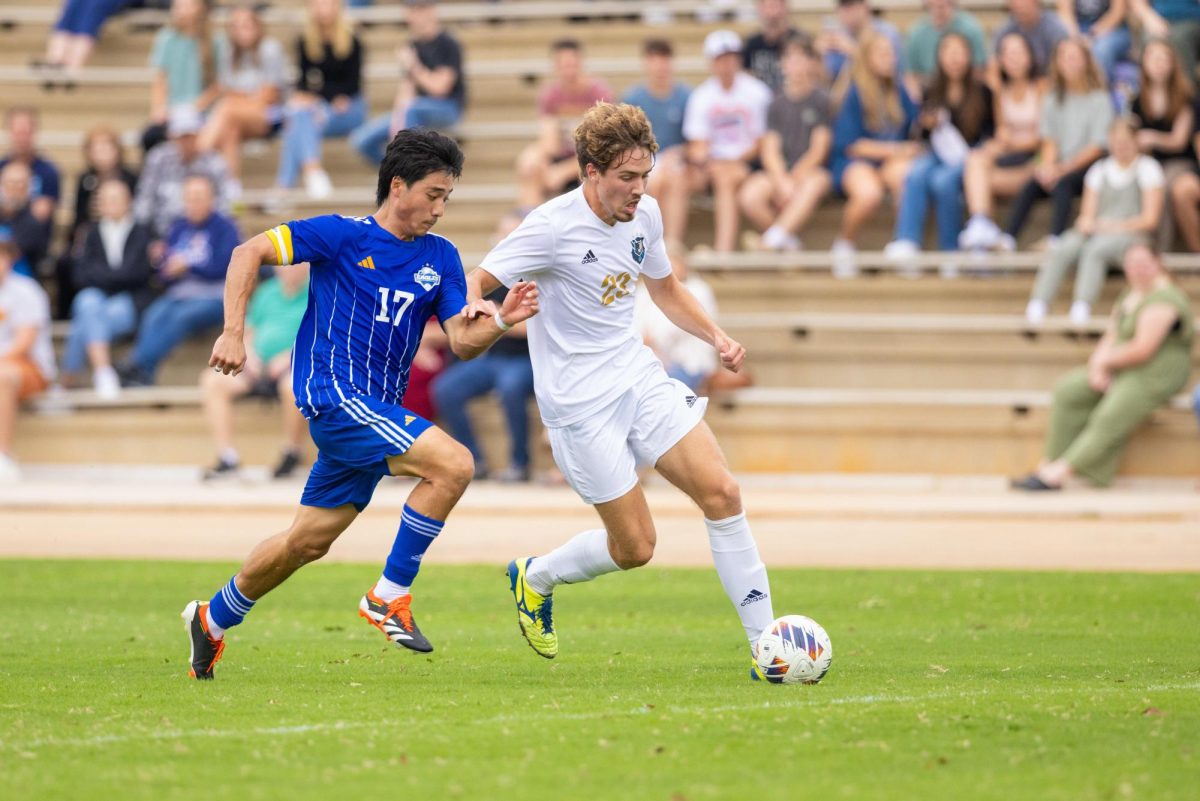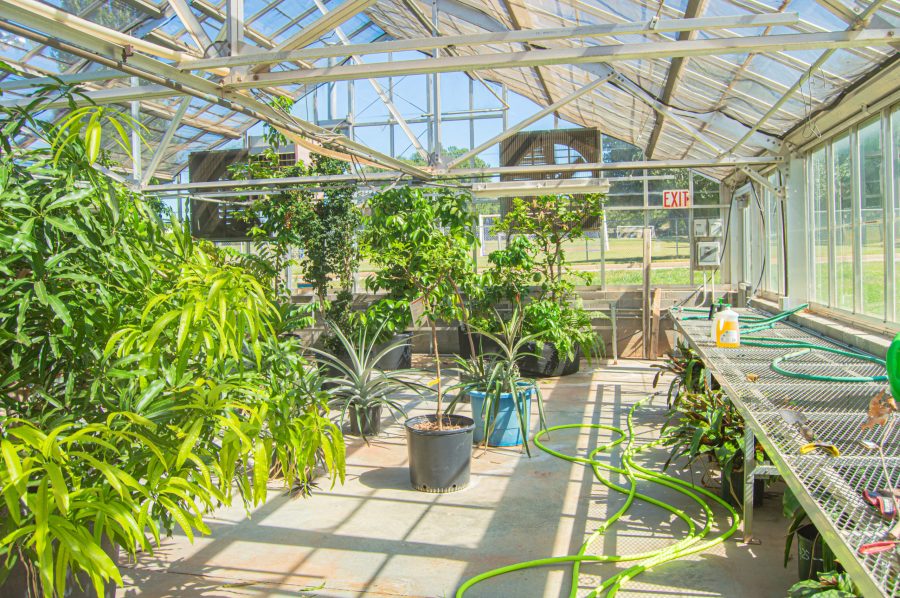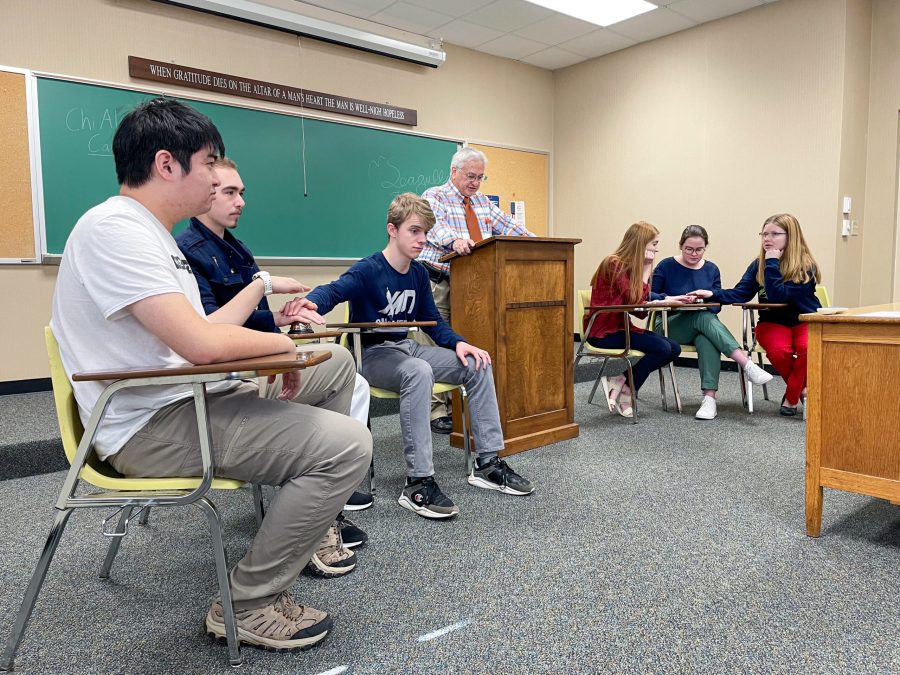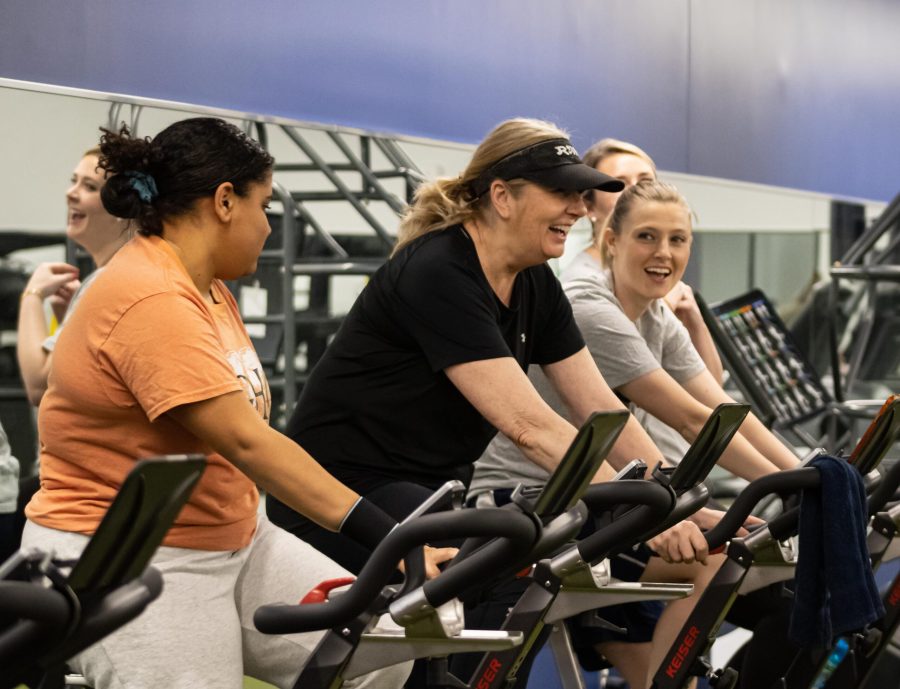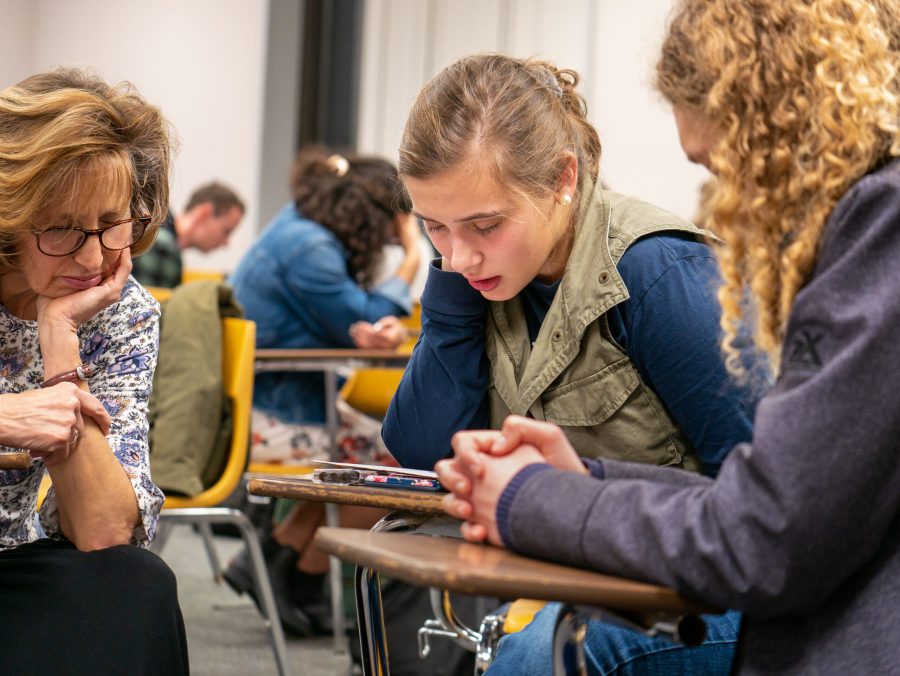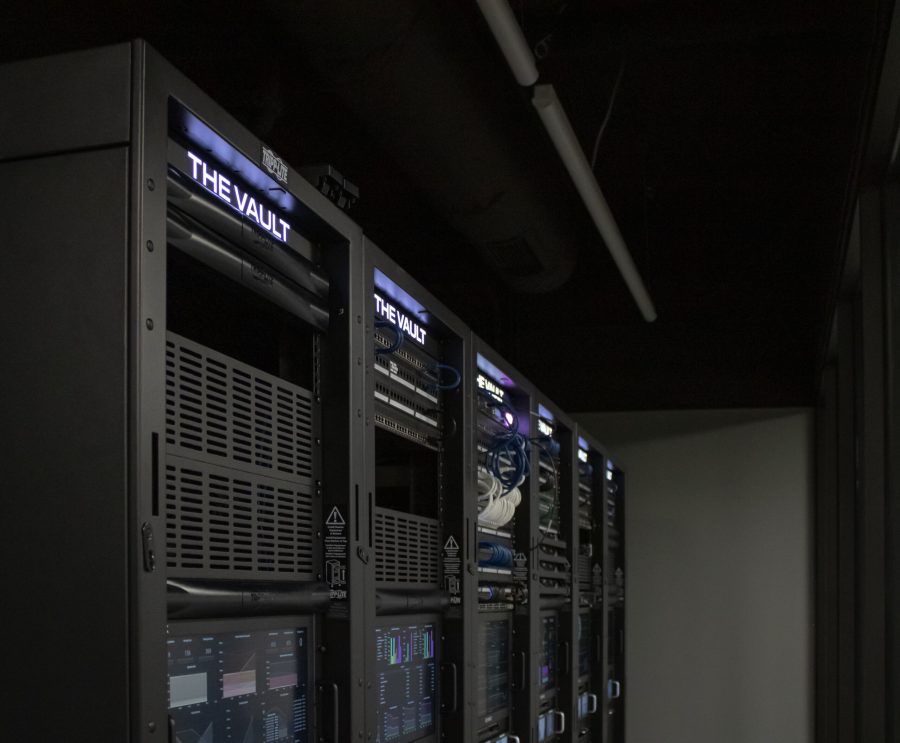The greenhouse located near Omega Lake on back campus provides an environment where students can practice and learn necessary skills in research and biology as well as gain undergraduate experience for future careers in botany.
Jan David Green, a zoo and wildlife biology major and lab manager of the greenhouse, said he started working in the greenhouse because of his farming background and interest in plants. Due to COVID-19, Green could not return to his home in Zimbabwe and found his oasis in the greenhouse over the summer.
Green came into BJU as a premed student but said working in the greenhouse reminded him of his love for plants, so he switched his degree to biology. Green cares for various plants such as different citrus trees, pineapples, flowers and more. Several plants in the greenhouse have been growing for more than five years.
“The greenhouse is a controlled environment where we can maintain a fairly constant temperature for the plants,” Green said. “We grow a lot of tropical plants here and the faculty use a lot of it in the scientific departments for testing and for different observations.”
Green said his favorite thing about the greenhouse is the isolation. “I grew up in Zimbabwe, so it feels like home,” Green said. “The sunshine, physical work and watering plants are therapeutic for me.” Green said the greenhouse has become his little corner of the University.
Dr. Vincenzo Antignani, a faculty member in the biology department and manager of the greenhouse, said the greenhouse is a place where different departments run different projects. These departments include engineering, physics, chemistry and cell biology.
Antignani said, “The greenhouse is a hub where the whole Division of Natural Science is vested with experiential learning activities.” Each department uses the greenhouse for specific research in their field. Students in these departments use the greenhouse for class projects to gain applicable skills towards their future careers. Most of these projects include growing plants and flowers and monitoring their growth over time. “Students learn how to fertilize, water and attend to the needs of different species of plants,” Antignani said.
Antignani said the greenhouse is also a place where students can gain leadership and skills necessary in their desired field of work after their college careers. “A number of our students who get experience with us go into plant nursery or end up working in labs as lab technicians,” Antignani said.
Constructed about 25 years ago, the greenhouse was not used for almost five years before Antignani was hired onto the faculty of BJU. Before, the greenhouse was used to house flowers and plants by the landscape department but over time the services that once were handled internally by BJU’s facilities department were outsourced.
“One day, I was taking a walk and noticed that the greenhouse was empty,” Antignani said. “I went to the dean and asked if I could utilize it for my classes because we learn about plant science.” A year later, the science department began using the greenhouse, and since then, it’s been a center for undergraduate research experience. Antignani said finding the greenhouse itself was a lesson that people can recycle or repurpose what they have and make it more productive to current needs that change over time.
Dr. Wencong Lai, a faculty member in the engineering department who teaches hydroengineering, said he uses the greenhouse for research in his hydrology class. Though students taking his lab do not do anything related to plants, they learn about water and its relation to land. Students use the tools in the greenhouse to perform experiments and projects. “I see students in the biology department utilizing the greenhouse for research, so I think that it has been helpful for us,” Lai said.
Dr. David McKinney, a biology department faculty member, said he uses the greenhouse for his general biology labs.
“Students who take the class learn how to ask scientific questions and design experiments,” McKinney said. “In the greenhouse, we raise spiders, feed them, and try to figure out what is the best way to answer biological questions.”
Most of the students who take the class have an interest in biology and zoology. “The class is open to a wide range of people,” McKinney said. “The lab has been in existence for a while.”
Students who take the class usually go into fields such as teaching high school level classes, cell biology and more.
McKinney said he has always been interested in bugs and loved macrophotography. He knew that he wanted to do something in the field of biology. McKinney said personal observations led him into a real interest in furthering his study of spiders.


